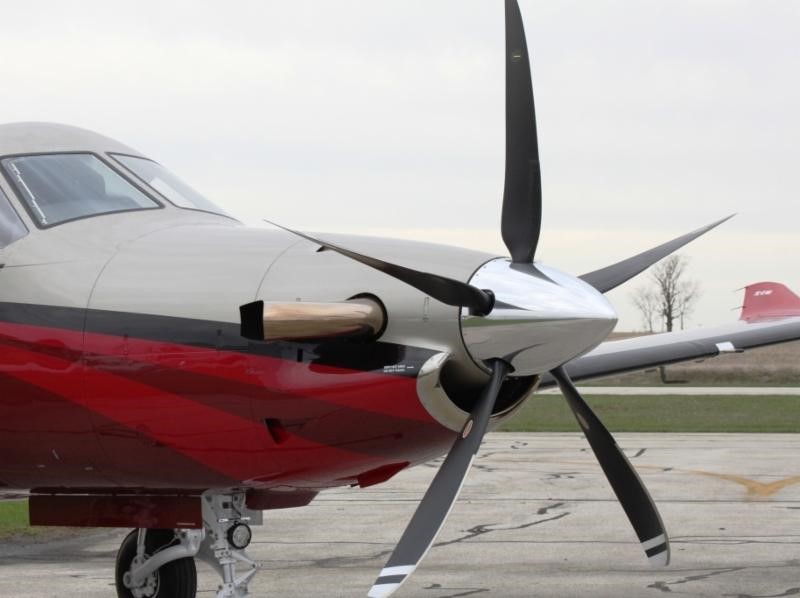
Aviation has come a long way since the early days of wood and canvas airplanes. Today, many modern aircraft are designed with at least some carbon fiber composite material, whether it’s used to build the wings, fuselage, or another component.
Because it’s so lightweight, strong, and easy to shape and repair, carbon fiber is also ideal for manufacturing aircraft propellers. Thousands of pilots have made the switch from aluminum to composite blades, and many aircraft manufacturers now select composite props as standard equipment on their airplanes.
Have you ever wondered how these advanced composite propellers are made and what advantages they offer? Here’s a closer look:
At Hartzell Propeller, we use a combination of human expertise and machine engineering to produce thousands of composite propeller blades in a given year.
Hartzell’s composite blades are full composite, not composite over a wood core. The structural part of our composite propeller blades is constructed using a combination of aerospace-grade carbon fiber and Kevlar® materials for optimal strength and performance.
To produce one of our next-generation composite blades, we start by pulling carbon fiber socks over a low-density foam core, then inject resin with a vacuum pump and cure the blade after it’s inserted into a mold and pressure is applied. After the cure is complete, we remove the blade from the mold and refine it to our precise standards. This includes meticulous quality checks and hand painting.
Composite materials make it possible to create thin, efficient airfoils that can still bear the structural load required for optimum aircraft operations. Here are some of the top advantages of composite props:
Hartzell Propeller offers both aluminum and composite propellers for a wide range of piston and turbine-powered airplanes. The right option for you will depend on many factors, including your airplane, the type of flying you do, your performance goals, and your budget.
One major advantage of composite blades to consider is their longevity. Whereas aluminum blades are repaired by removing permanent material by grinding or filing it down, composite blades are repaired by replacing the material that was lost to nicks and gouges. This means that composite blades can be reconstructed and restored to factory-new condition multiple times. Another benefit is that small repairs between overhauls can also be made with little to no assistance from a prop shop.
So, while composite blades may require a higher investment than aluminum props, you’ll enjoy greater value on maintenance and repair over time.
Interested in upgrading your aircraft propeller? We’re happy to talk to you about finding the best aviation propeller suited for your specific airplane. Contact us today to get started!